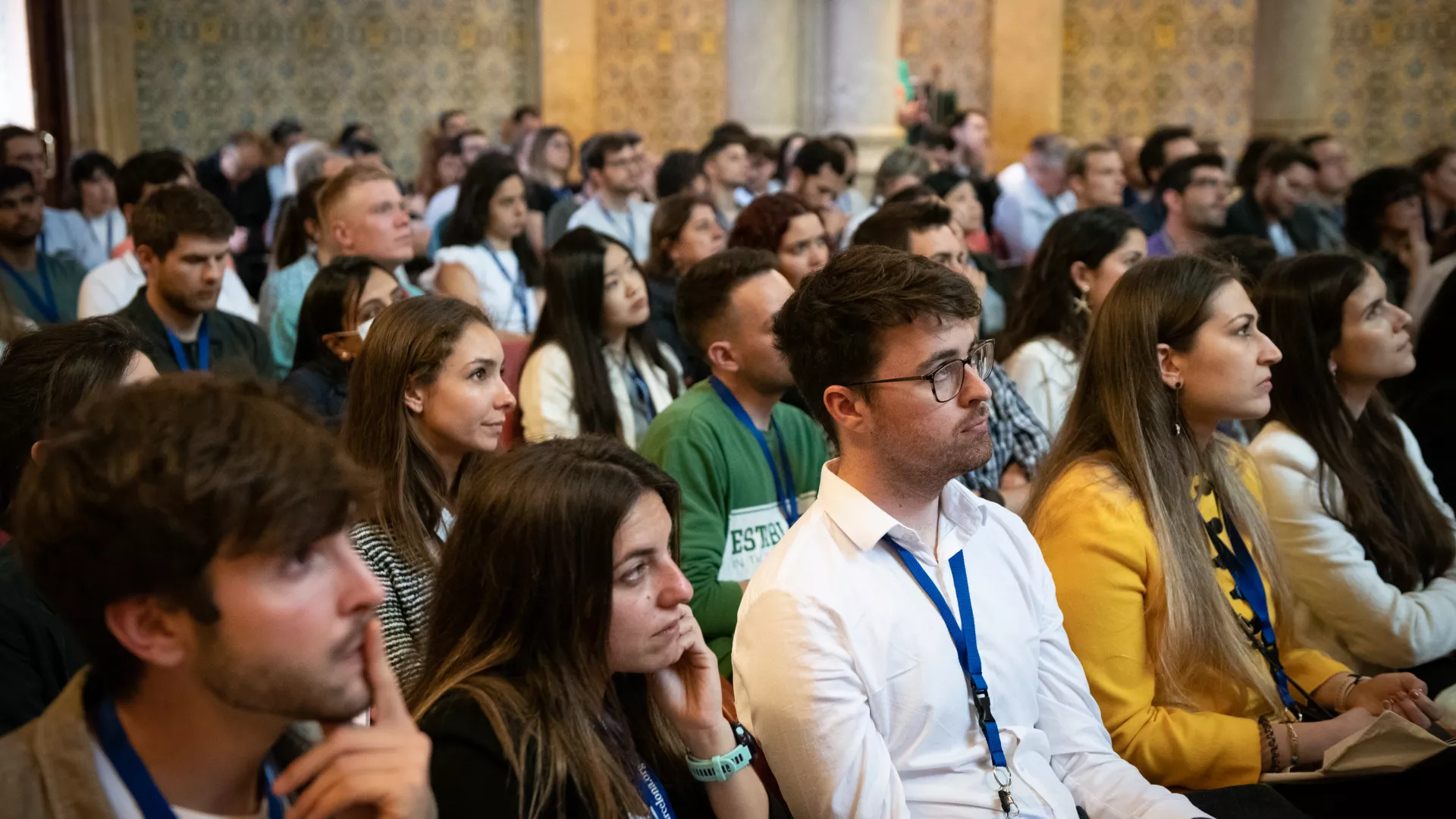Presentation
Organizer: IRB BioMed Seminars
Date: Friday 27 September 2024, 12:00h
Place: Auditorium, PCB
Speaker: Ulrich Steidl, PhD - Professor and Chair - Department of Cell Biology - Albert Einstein College of Medicine - Montefiore Health System - New York | U.S.A
Host: Alejo Rodriguez- Fraticelli, PhD - Junior Group Leader - Quantitative Stem Cell Dynamics - Aging and Metabolism Programme - IRB Barcelona
Recent work has indicated considerable subclonal complexity of a diverse pool of stem cells in normal hematopoiesis as well as an important role in stem cell-driven disorders. While substantial efforts have shed light on genetic/mutational heterogeneity, understanding non-genetic mechanisms of underlying stem cell diversity, dynamics, and selection processes is a key scientific challenge with considerable translational implications. Prior work from our laboratory has shown that dysregulated transcription is a hallmark of premalignant stem cells and revealed an important role of transcriptional noise and plasticity in hematopoietic stem cells. New data indicates that transcription dynamics represents a novel mechanism that regulates stem cell subclonal diversity in normal and malignant hematopoiesis, and that the highly dynamic nature of transcription factor (TF) activity may represent a novel entry point for pharmacological interference.
To this end, we have developed novel molecular probes that can be used for highly specific pharmacological TF binding site restriction and studied AML cells following exposure to PU.1-DNA binding inhibitors. Unexpectedly, we found that such compounds not only led to a reduction of many canonical PU.1 targets, but also (seemingly paradoxically) caused increases in alternative PU.1-driven transcripts. We discovered that this two-sided response was a result of robust cistromic repositioning of PU.1 chromatin binding rather than global inhibition. From kinetic CUT&Tag and ATAC sequencing studies, we identified that PU.1 redistribution involved rapid PU.1 loss followed by delayed PU.1 gain, causing subsequent opening of the chromatin. Through development of CLICK-on-CUT&Tag, we identified exclusive drug binding at displaced PU.1 binding sites, and identified unique, sequence-specific ETS motifs dictating PU.1 gain or loss. By employing these motifs in eGFP reporter assays and CRISPRd systems, we identified direct PU.1-mediated transcriptional control of known and novel functionally relevant genes. Finally, we found that primary human cells are sensitive to pharmacological PU.1 redistribution, and the rewiring of the PU.1 network in these cells drives myeloid differentiation.
Overall, our work uncovers a novel biological phenomenon we refer to as “Pharmacological TF redistribution”. “TF Redistributors” are a novel investigative and pharmacological tool which allow for the study of complex and fast transcription factor dynamics without disrupting the structure or levels of the TF itself, and may have significant therapeutic potential.

IMPORTANT: For attendees outside the PCB community you must register at least 24h before the seminar

